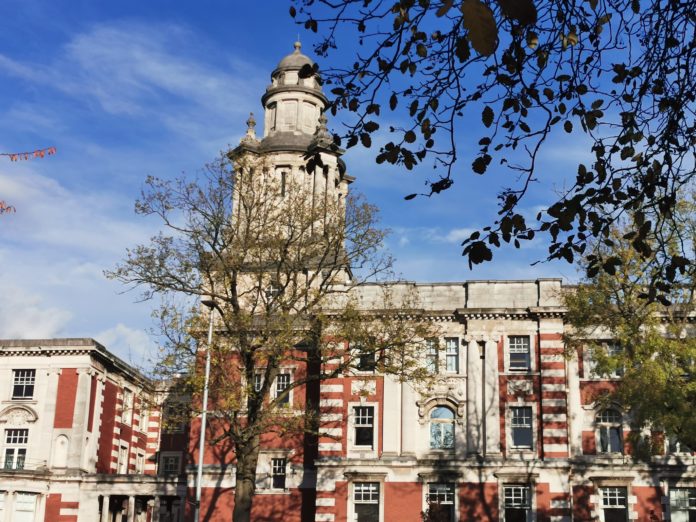Many of the buildings in the NHS that now need replacing date from the last and only major national infrastructure programme of the 1960s, which delivered 95 major schemes in its first three years.
The call comes from NHS Providers who set out in a report today,Rebuilding our NHS: why it’s time to invest conclude that even taking into account the second wave of the planned infrastructure spending, covering 40 projects, this is a much more modest ambition than what was achieved under those previous initiatives.
The recent capital announcements, though welcome, also fall well short of what is needed. In particular, the report emphasises the need for capital funding for mental health, community and ambulance services as well as the acute hospital sector.
The report includes findings from a survey of NHS leaders, carried out last summer. 97% were worried that their organisation’s requirement for capital investment would not be met. 82% said there was a medium or high risk to patient safety.
The report calls for a securing of a multiyear capital settlement, ideally lasting ten years and extended annually and aligning the capital budget with comparable economies, meaning funding available to trusts should roughly double.
Commenting on the report, the deputy chief executive of NHS Providers, Saffron Cordery said:
“Despite recent welcome announcements from the government committing to greater investment in infrastructure and facilities, NHS trusts are suffering from years of under-investment in facilities across the English NHS. The situation is now critical for the great majority of organisations and is directly impacting on patients and staff.
“The system for allocating capital funding to the frontline is not fit for purpose. This year’s expected comprehensive spending review represents the best opportunity for many years to improve resourcing and reset the rules governing capital in the NHS.”
Saffron Cordery added:
“There is a growing bill for essential maintenance across the NHS and this needs to be urgently addressed. However, to see the rebuilding and replacing of outdated facilities and infrastructure required, a major national building programme is needed on a scale comparable with the 1960s Hospital Plan.
“It’s time for the biggest building programme in the NHS since the Beatles.
“This will support the delivery of the long term plan and provide the opportunity to see tangible improvements to patient safety and staff and patient experience. These include reduced treatment delays due to equipment failure, increased inpatient capacity, expanded diagnostics services, transformed care pathways, more efficient services, and bringing about a fully digitised, technologically-enabled service.”







